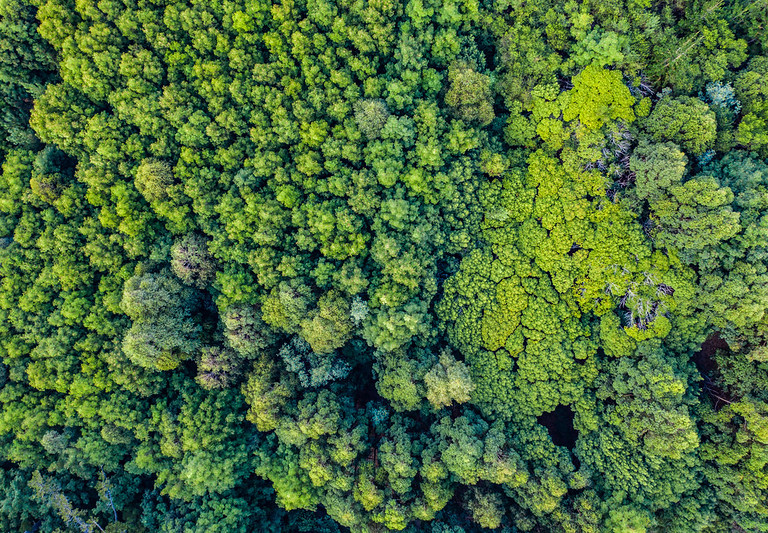The Partnerships for Forests (P4F) Evaluation Manager team (NIRAS-LTS International) explore issues around scaling; concepts, opportunities and requirements in tropical forest landscapes.
Scale offers a broad description of something more, but the scope of scale has evolved from a purely commercial definition to an idea with more dimensions and directions. In technical literature, scale is defined in a variety of ways. The most essential definition is growth while replicating the integrity of the base shape.
In interviews with P4F stakeholders, we heard different terms used to describe scaling, including growth, replication and adaptation. This process, according to those stakeholders, applied to various P4F programme elements such as which actors came to projects, how projects impacted the environmental land-scape, the degree to which incomes were affected, the way in which decisions across all programming has changed.
The definition of scale used by the scaling team reflects this more comprehensive perspective. With this broader definition, P4F will have a more nuanced vocabulary by which to discuss and describe the process and potential for scale across its portfolio. To indicate that each aspect of the various dimensions has value, the scaling team have opted to define the four capital aspects of scale as follows:
- Financial capital. The total revenues from all sources created, enhanced, or preserved (for existing revenues) as a result of a project. This dimension looks at the commercial capital offered by a project. In the programme portfolio, financial capital is fundamental to the sustainability of each project. Without viable, market-based systems in place, projects are likely to falter or fail once donor funding is withdrawn. This capital includes a livelihoods dimension for the individuals and small-holders producing commodities.
- Social capital. Networks together with shared norms, values and understandings that facilitate co-operation within or among groups. Social capital considers people and their communities which are central to P4F projects.
- Natural capital (value of forests for carbon sequestration, climate regulation, biodiversity, flood defence, or recreational and health benefits etc. as well as sustainable production). This dimension looks at the landscapes each project influences. Core to P4F’s purpose, a positive impact on a variety of landscapes has produced proof-of-concept practices which offer lessons and scaling.
- Governance capital: The system of rules, practices, and processes which determine rights, responsibilities and the distribution of resources, and which balance the interests of different stakeholders. This dimension looks at the governance systems within each project. This includes organisational development and strengthening land and/or user rights. Good governance lowers the risk profile of a project and strengthens the political will to create or enhance supportive regulations and policies that underpin transformative change.
This reports explores these issues in detail. The report was completed in August 2021 is presented here to share findings and aid learning by others working in the same area as P4F.


